META
INDUSTRIAL
Man and Machine
From ancient times men have competed in ingenuity to develop complex mechanisms. From the exploitation of animal muscle power to the channelling of the forces of nature, from the invention of the wheel to the hydraulic power station. The modern age has made innovation its development model.
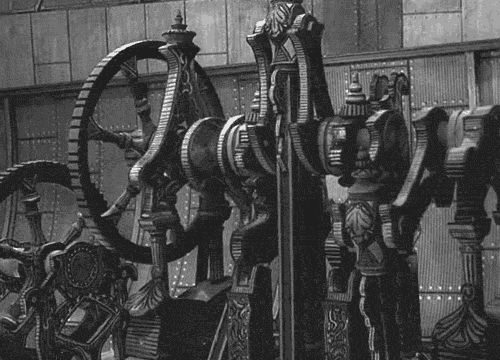
With this in mind, science and industry joined forces to develop a new mode of production that was expected to take part in the wave of revolutions shaking Europe.
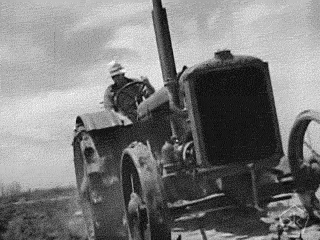
The "industrial revolution" is the historical process of the nineteenth century which, depending on the country and the region, led to a shift - more or less rapidly depending on the country and the region - from a predominantly agrarian and artisanal society to a commercial and industrial one. This transformation, driven by the railway boom of the 1840s, profoundly affected agriculture, the economy, law, politics, society and the environment.
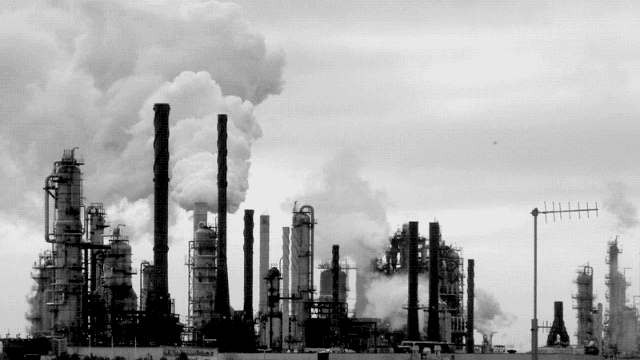
The first areas to industrialise were Great Britain at the end of the 18th century, followed by Belgium, northern France and Switzerland at the beginning of the 19th century: these were the countries of the first wave. Germany and the United States industrialized from the middle of the 19th century, Japan from 1868 and then Russia at the end of the 19th century: these are the countries of the second wave.
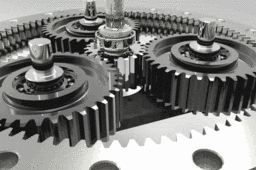
The industry enjoyed a triumph in the 1960s before experiencing an unprecedented crisis in the 1970s, largely due to the two oil shocks that occurred between 1974 and 1980.
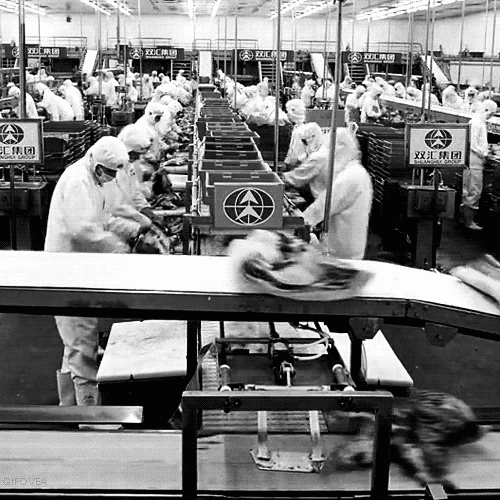
Although work is man's own, the major cultural experience of our developed societies, the place of socialization and the main structuring element of our lives, its representation and image in artistic creation were long deferred and then too often devalued. The world of work had to wait a long time to attain the status of legitimate subject and to be represented as such, that is to say, other than in biblical and mythological reference.
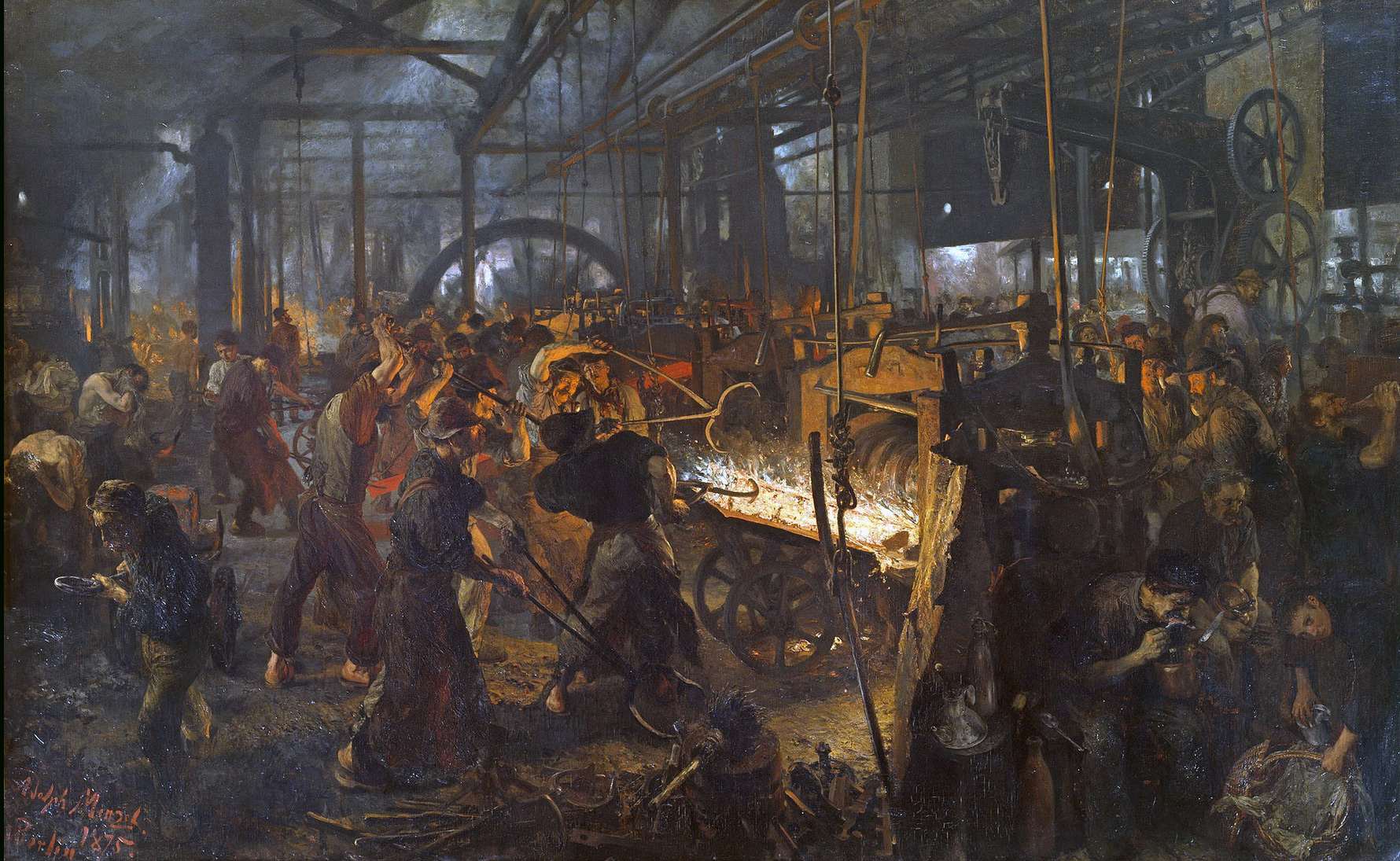
Factory work towards the end of the 19th centurye represented by Menzel (1872 - 1875).
It took the first industrial revolutions of the 19th century, first in England and then in France, for this new reality to finally gain social and economic recognition and artistic legitimacy. The first manufactures appear timidly in landscape painting, first as a backdrop, as a setting in the midst of an ever-present nature.
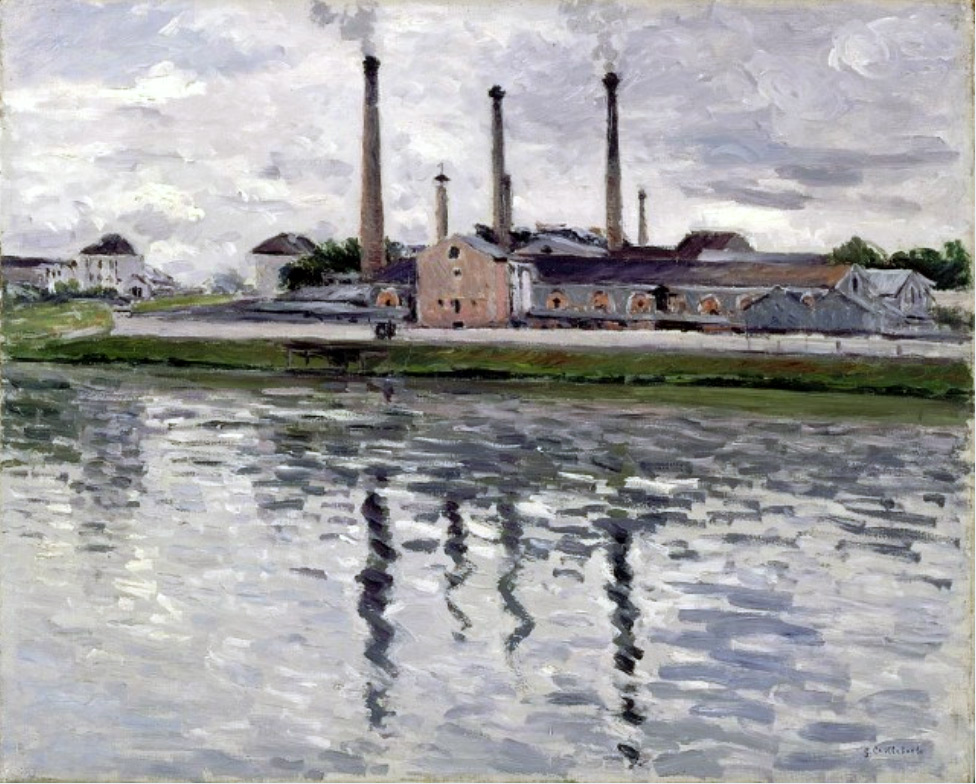
Factory in Argenteuil. by Gustave Caillbotte (1848 - 1894).
The modern era was born and the avant-gardes, as they were then called, would soon seize this new world and make it the subject of a new form of artistic representation.
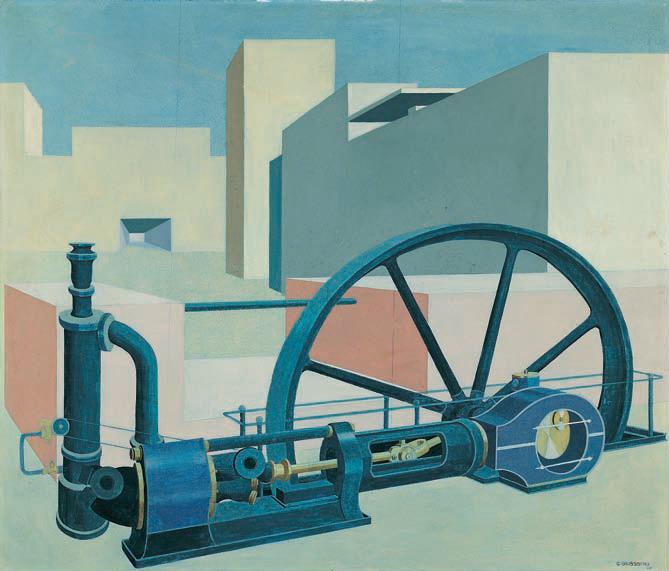
Turbine composition - 1929 by Carl Grossberg (1894 - 1940), a German painter associated with the New Objectivity movement. He became known for his paintings of cityscapes and for his depictions of factories and industrial sites, which he described with cold precision from the inside as well as from the outside.
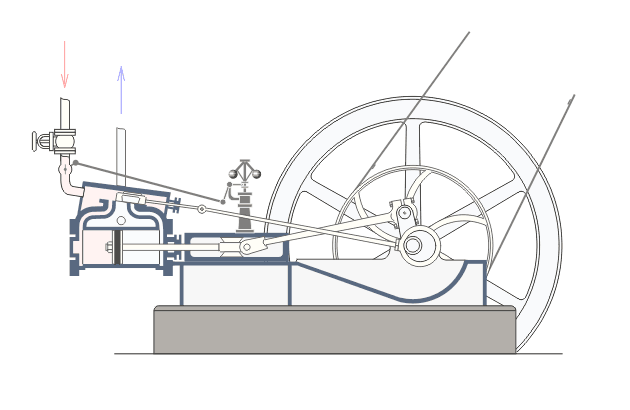
Photography was born among the countless technical inventions that punctuated this so-called "modern" era. This new technique of representation of the real made the history of painting tip over towards more and more abstract forms of representation. Freed from the constraint of the realistic representation of reality through photography, the world of painting ventured into ever more daring worlds of form and colour.
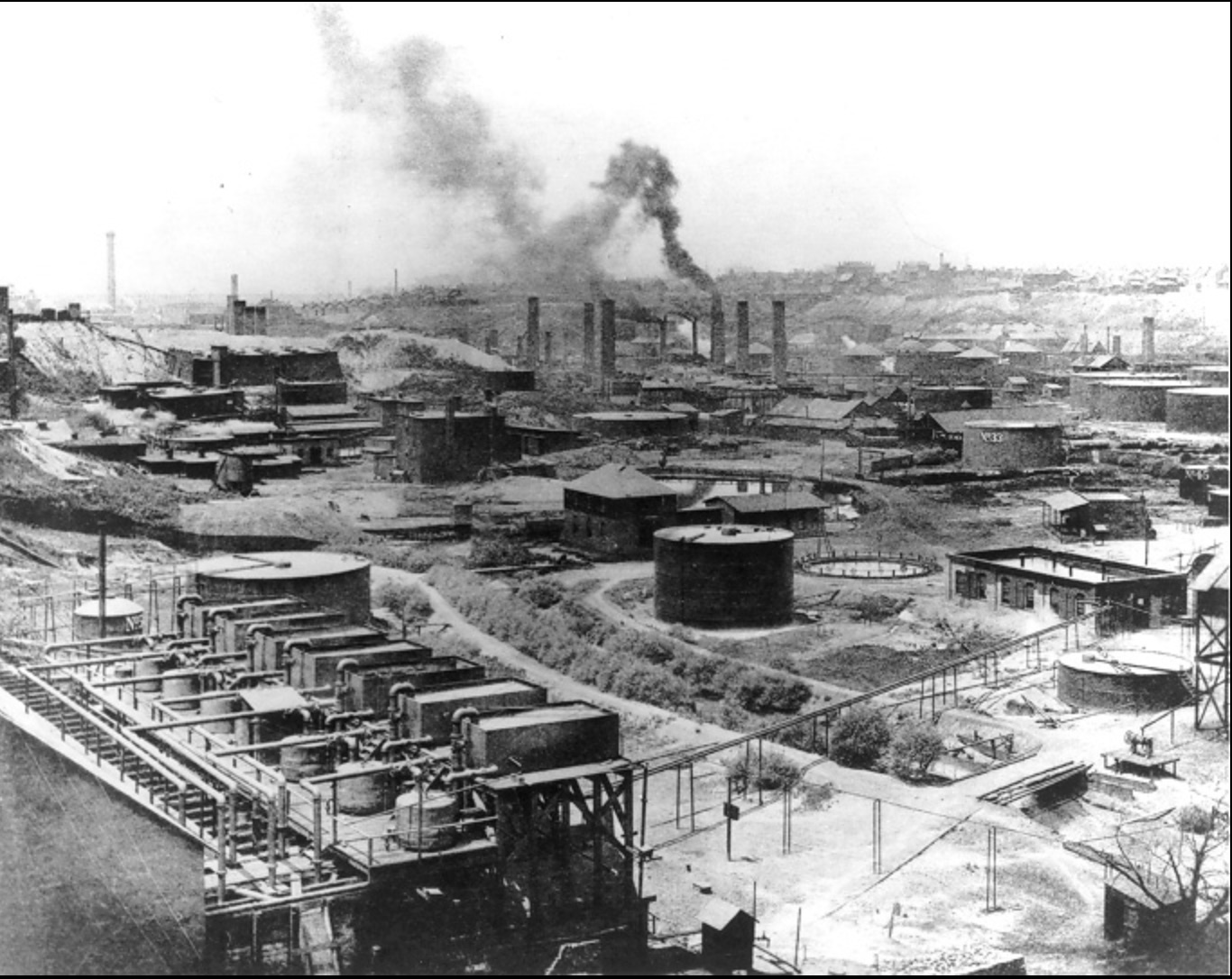
Standard Oil's oil refinery in Cleveland, Ohio,1899.
In Russia, Suprematism, the Russian avant-garde led by Malevitch, caused painting to shift towards absolute abstraction. The works were freed from all representation, becoming totally autonomous and independent from the outside world. Shapes and colours were individualized and existed by themselves. A search for balance between geometric forms and pure colours.
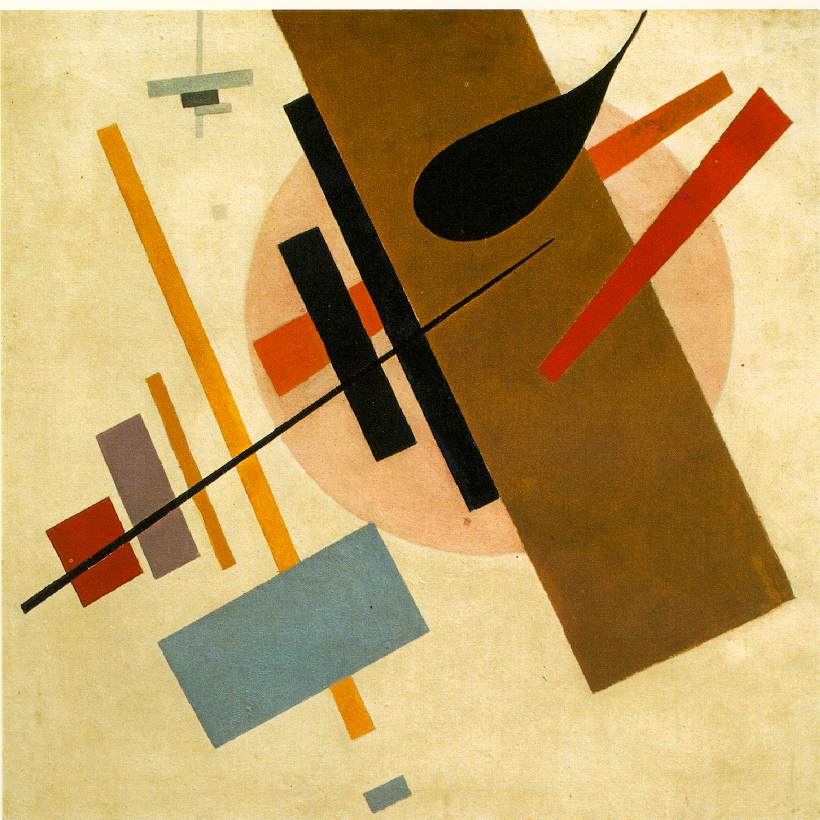
Supremus -1916 by Kazimir Malevitch.
In Europe the cubism of Picasso and Braque or the Bauhaus school, which encompassed architecture, design and art in general, led by professors such as Paul Klee or Vassily Kandinsky built the new forms to come.
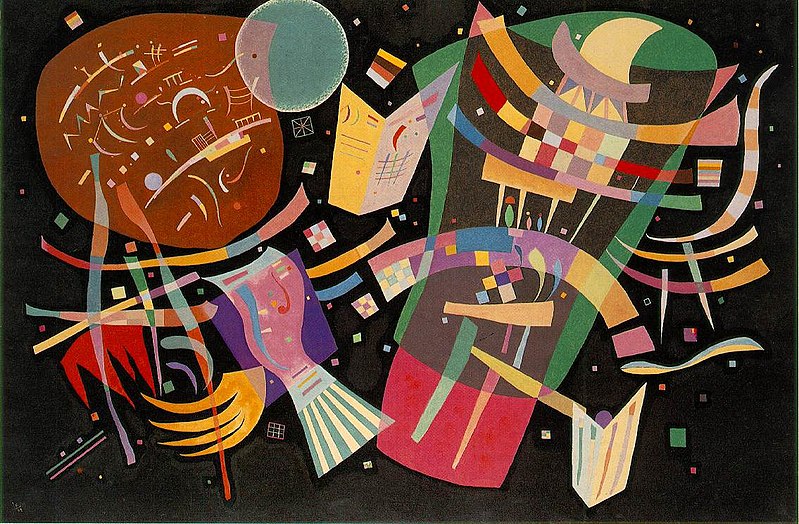
Composition n°10 - 1939 by Vassily Kandinsky.
The industrial revolution has transformed science and technology into a true contemporary belief. Reason, so dear to the principle of the Enlightenment, was abandoned to the cult of innovation. Blinded by this notion of progress, our societies have been subjected to this system of systematic exploitation of resources and natural and cultural goods, to the point where the environment and human beings have been transformed into merchandise, an indication of the decline of a meta-industrial civilization doomed to disappear.
Jo Gundry's work, art and aesthetics are inspired by and in continuity with the various artistic movements that marked this industrial period. Sometimes fascinated or frightened by this world dominated by machines, his art has not finished questioning the complex workings of our farms.